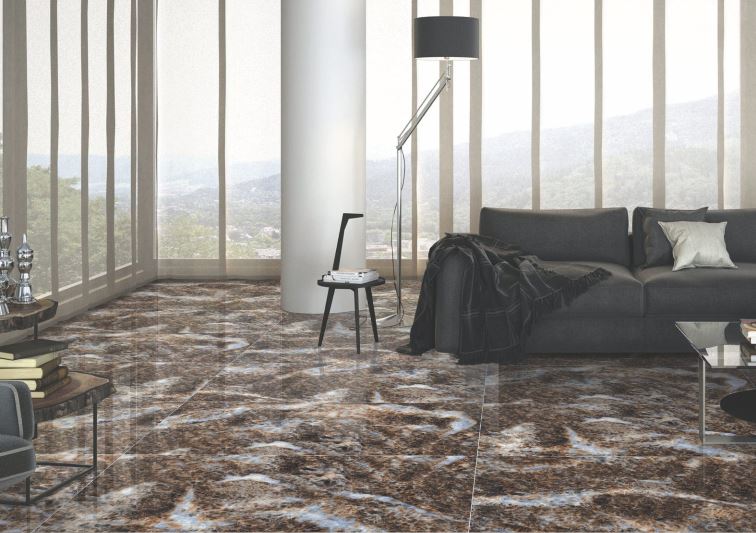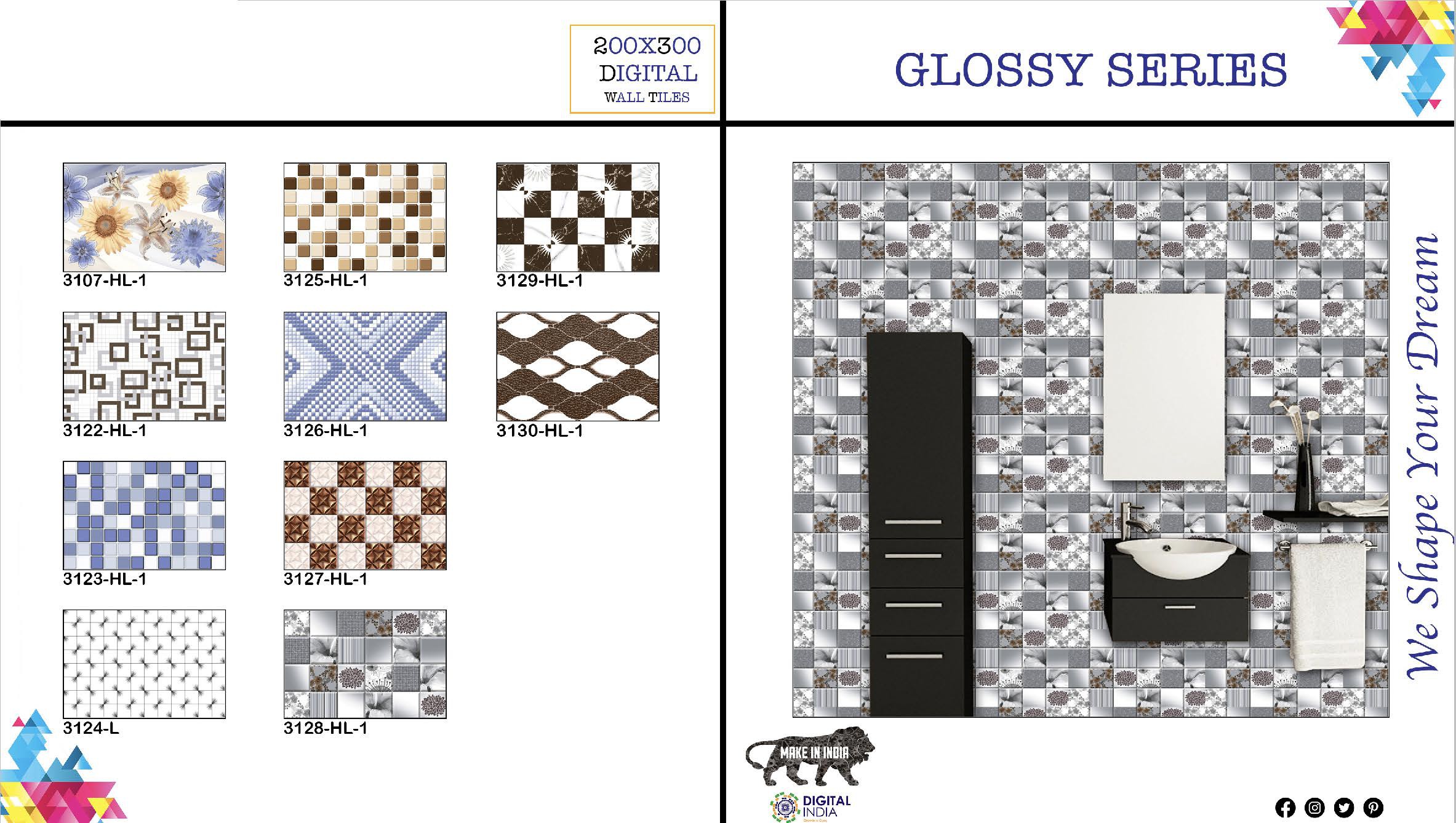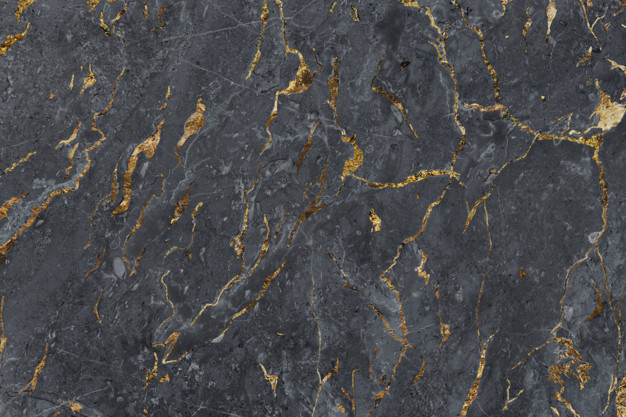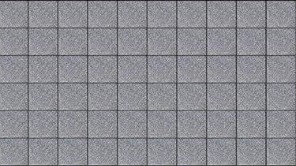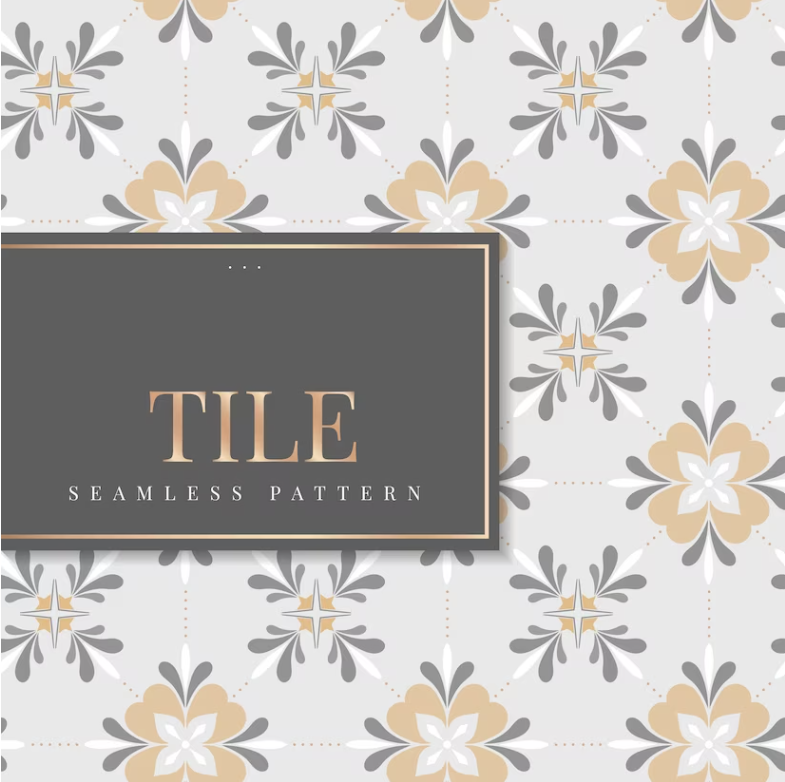If you're like me, you probably consider tile buying to be an important part of your home improvement experience. I've bought lots of tiles over the years, and there are some things that I've learned along the way. Things like: Measure your space first and don't forget about extras! Follow these steps before you start shopping for your next project.
1. Measure your space
Before you purchase your tiles, it's important to know how much space you need to cover. You'll be able to make better decisions about which tile will work best for your needs if you know the dimensions of your space.
Measure the height and width of the space by measuring from corner to corner with a tape measure or ruler. Take note of any areas where there might be wall sconces or ceiling lights because these can affect what types of tiles you can use in that area. Measure the length of each wall (not including doorways), as well as its highest point so that when choosing between two different sizes of one patterned tile, for example, it will be easier for you to determine which would best fit this spot on your flooring surface.
Measure your floors and ceilings separately before taking note of any tiling details (such as grout lines) within them - this way there won't be any surprises later when reviewing all measurements together!
2. Choose a style
Now that you know what type of tile you're looking for, it's time to think about some other things that will help determine the final look of your space.
What are you going to use these tiles for? For example, if they are being used as flooring, then consider whether or not there is any wear and tear on your current floor. Are there cracks in it? If so, how deep do they go? This information will help determine the quality of tiles that would be best suited for covering those areas of damage.
What colour scheme are you working with? Matching existing colours and finishes is important so everything ties together seamlessly without causing distraction from one another. A good way to figure out this part is by taking pictures or making sketches when trying out different options at home! Once again though: don't get overwhelmed! It doesn't have be perfect just yet since most tile manufacturers offer samples before purchase which makes life easier!
3. Nail down a budget
Once you know what kind of tiles you want, and how many, it's time to determine your budget.
Your first step is to figure out how much money you want to spend on materials (such as tile, grout, adhesive and extras) and labour for the job. Then factor that into your final cost estimate.
If a contractor is doing the work for you then they may have their own hourly fee or quote structure so double check what's included in their price before signing on the dotted line.
4. Pick a tile type
To ensure you pick the right product, you need to know what your options are. Tile comes in three main types: ceramic, porcelain and natural stone.
Ceramic tiles are made from clay that is heated and then fired in a kiln (a high-temperature oven). The firing process creates a hard surface that's suitable for flooring.
Porcelain tiles are also fired at high temperatures but they have less iron oxide than typical ceramics—it means they're more white than off-white or cream. Because of this, some people prefer them over ceramic tiles for floors as they don't discolour as easily when exposed to sunlight over time. Porcelain is often used on walls as well because it's lighter weight than other materials like brick or stone so it makes installation easier too!
Natural stone has been used for centuries due its durability and aesthetic appeal – many homeowners choose natural stones such as marble or limestone due their timeless look which will never go out of style!
5. Know the different types of tile
When it comes to tile, there are a lot of options to choose from. Here's an overview:
Ceramic, porcelain and glass tiles are the most common. They're easy to clean and come in a variety of colors and styles.
Stone flooring (slate or marble) is beautiful but more expensive than other types of tile due to its rarity and craftsmanship required for installation. It’s also porous so it requires sealing or waxing every six months to protect against stains from liquids that can penetrate deep into the surface like coffee or wine spills (over time this will fade out though). If you have pets or kids who might be hard on your floors, stone isn't recommended because it can chip with heavy impact—but if you want something classic and elegant consider travertine instead since it’s softer than slate or marble but still looks great!
Granite countertops are gorgeous but expensive—and if scratched easily so should not be used as flooring unless you have lots of extra money lying around! These stones come in many different shades too so there's no shortage when trying to find one that matches your decor perfectly..
6. Calculate how many tiles you'll need
Once you know what type of tile you want to purchase, it's time to figure out how many tiles you'll need. This can be done in a few ways:
Calculate the total square footage of the area where your tile will be installed. For example, if you're putting floor tiles on a bathroom floor that measures 8' x 10', that's 80 square feet (8 x 10 = 80). Divide this number by 12 for square feet per box and then multiply by 2 for one box per wall/room side. So if we're using 12"x12" floors then each wall/room side is 60 inches wide so 60/12=5 boxes (or 5 x 8 = 40 total boxes). The same process applies when calculating ceiling heights as well (not necessary since all ceilings are rectangular).
Measure the length and width of all walls or areas where tiles are being laid out and divide by two to get measurements per box needed (i.e., 3'x4'=6 sqft divided by 2 gives 3 sqft needed per box). This method works best when calculating smaller jobs like backsplashes rather than larger projects like entire bathrooms or kitchens."
7. Choose grout and adhesive, too
While tiles are the centerpiece of your kitchen or bathroom, grout and adhesive are the stuff that hold it all together. Grout is a fine paste used to fill the space between tiles (and keep them from falling off your wall if it's not well attached). Adhesive is applied to the back of each tile before installing it on your walls or countertops. You'll need both these products when you're putting up tile in any room in your home.
Now that you've found some great tiles for your project, it's time to pick out some grout and adhesive products as well! It's important to use high-quality adhesives with recommended application methods listed on their packaging so that they don't cause problems later down the road (like peeling or cracking). There are many different kinds available at most home stores...but we recommend going straight for Amazon Prime so you can get them delivered right away without having to go out searching around town instead!
8. Do you need extras?
If you need extras, now is the time to buy them. If you need tools or other accessories, make that purchase now. If you want to buy a sample of your chosen tiles before committing to purchasing them in bulk, then go ahead and place that order as well!
9. Buy your tile from a trusted source like spyrola tiles b2b
You want to go with a reputable online store. There are some great stores out there, but you’ll also find some bad ones. Before you buy your tile, check the company’s return policy, customer service and rating. You should also read reviews from previous customers to see what their experiences have been like.
Here are some things that could indicate a bad company:
They don’t offer free shipping or free returns
Their product descriptions aren't clear or accurate
The site doesn't look professional or trustworthy
Know what you're going to buy before you buy it.
When you’re buying tiles online, it's important to know what you're buying before you buy it. Here are some questions to ask yourself:
What types of tile are available? Ceramic, porcelain or natural stone?
What styles do they come in? Smooth or textured? Metal grout or plastic grout?
What price ranges are they offered at? An online search can help here. Use words like “cheap” and “inexpensive" and "high quality" with your search terms, so you'll be able to see the best prices for these products.
How much do I need for my project (i.e., square footage)? You might want a calculator handy when doing this calculation!
What adhesive will be used on my tiles (if applicable)?
Conclusion
We hope that this article has helped you learn a little more about how to buy tiles online. In short, it’s a lot easier than you might think—but it still requires some planning and forethought. If you follow our tips above, you should be well on your way to finding the perfect tile for your home!
Also Read :-
3) Top 10 Indian Tiles Manufacturers
6) Moroccan tile Manufacturers
7) Top 10 Tile Companies In The USA
8) Best Top 10 Wall Tiles Manufacturers in 2022
9) Best Living Room Floor Tiles in 2022
10) 11 design stairs for small space in 2022
11) Best Tiles Manufacturers
12) Best Gvt Tiles From Morbi
13) Best Top 10 GVT Tiles Manufacturer From Morbi
14) Wall Tiles Sizes From Morbi Tiles




